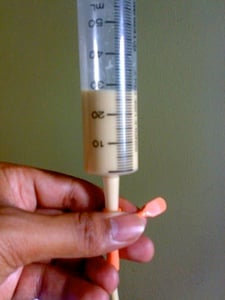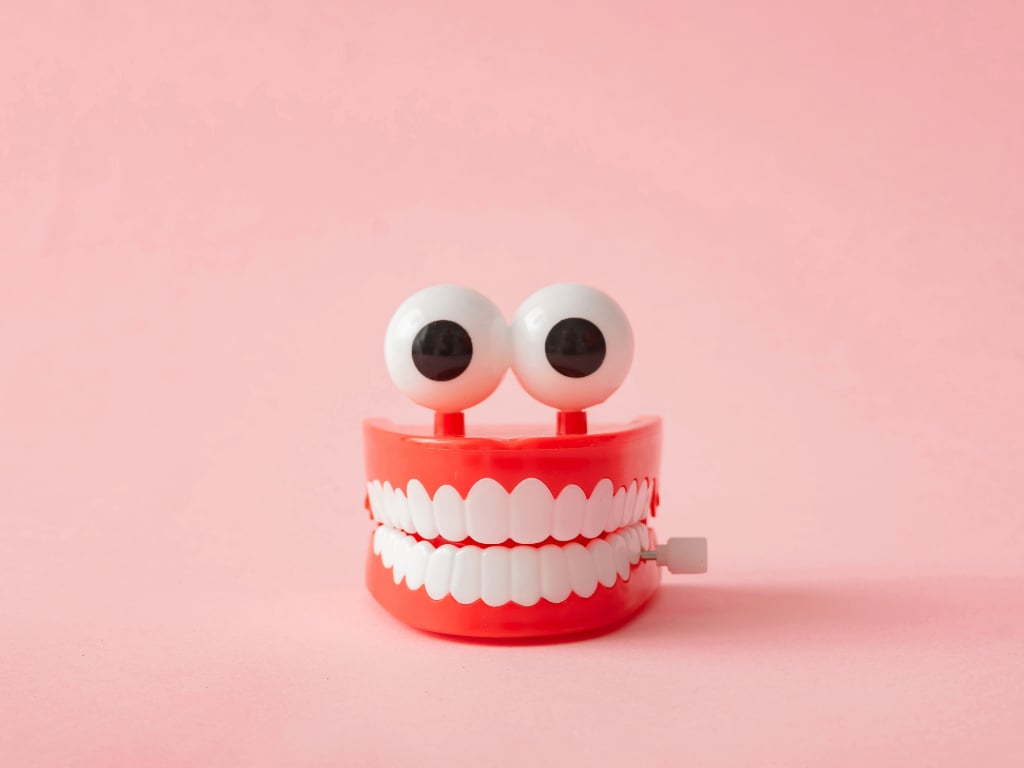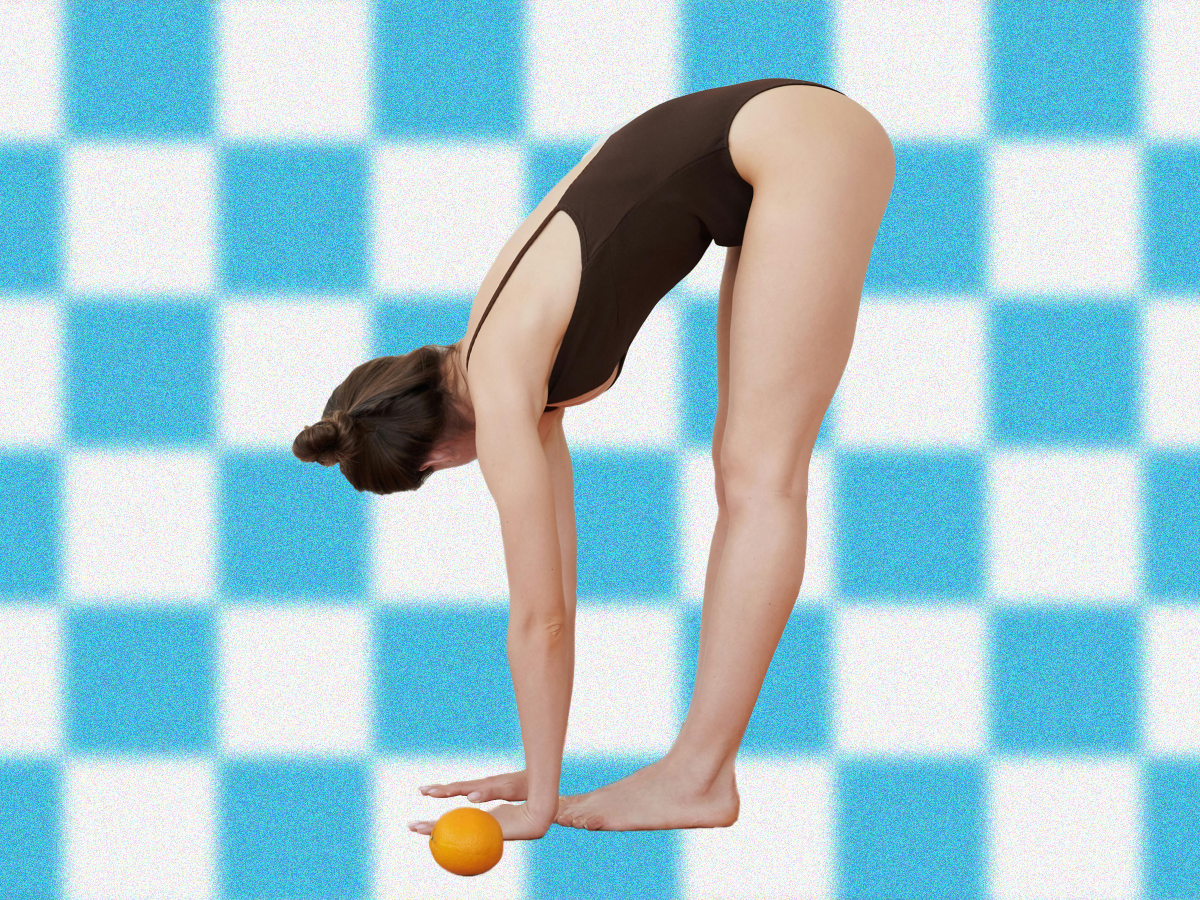
Many people desperate to lose weight have turned to fad diets–the cabbage soup diet, the Master Cleanse, the cookie diet–but the latest method making the rounds, called the feeding tube diet, may very well put participants’ lives at risk.
The feeding tube diet, which involves inserting a feeding tube into the nose, provides only 800 calories a day. Thanks to the shockingly low number, it’s classified as a very low-calorie diet, or VLCD.
Just the thought of living on this diet for ten days straight has most people shaking their heads in disbelief, but it has gained popularity among brides willing to go to extremes to lose weight for their wedding in a short amount of time. As Dr. Oliver R. Di Pietro told the New York Times in a recent article, “People want to be perfect.”
Local registered dietitian Stephanie Mull is just one of the many critics who say the feeding tube diet goes one step too far. Mull explains that VLCDs are only recommended for clinically obese people with accompanying diseases such as diabetes or hypertension. In cases where a VLCD is appropriate, the diet plan should be “medically supervised to ensure that the formula being provided meets 100 percent of vitamin and mineral needs,” and it should form part of a “multidisciplinary approach with dietitians, psychologists, and personal trainers,” emphasizes Mull.
For people who are just looking to lose a few pounds, highly restrictive diets can be dangerous, she adds. Side effects of these diets include constipation, fatigue, gallstones, and, in women, menstrual irregularity. Extreme diets can also result in electrolyte imbalances and dehydration, which can lead to irregular heartbeats and even death.
Her advice: Lose weight the healthy way, steer clear of restrictive fad diets, and stick with the tried-and-true basics. Although there is no magic bullet for rapid, healthy weight loss, Mull has a few sensible tips.
1) Reduce portions and eat every three hours to avoid feeling very hungry during the day.
2) Drink more water.
3) Load up on fruits and veggies, which are low-calorie foods with high water content, and incorporate lean meats, eggs, and nonfat dairy into your diet, all of which will leave you feeling sated.
4) Fill up on dietary-fiber-rich legumes and beans. Dietary fiber regulates digestion, lowers blood sugar and cholesterol levels, and tends to keep you fuller longer.
Overall, says Mull, the serious health risks posed by the feeding tube diet and other extreme diets are simply not worth the risk for most people. For safe weight loss, avoid diet crazes and instead practice healthy, balanced eating–no tubes necessary.


















